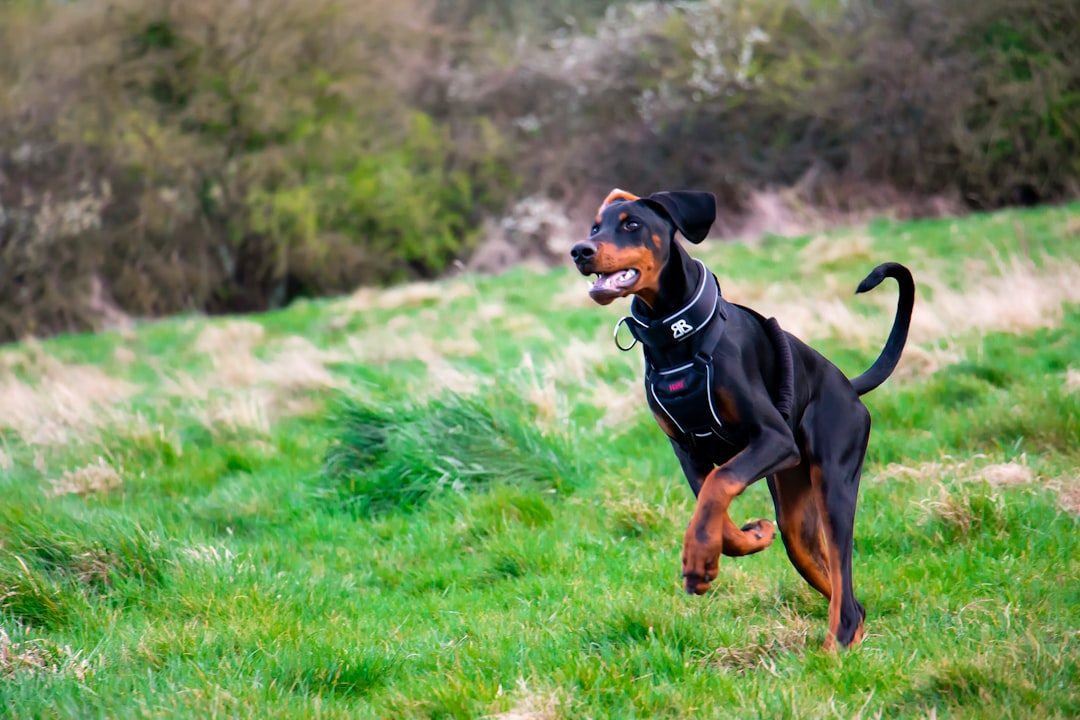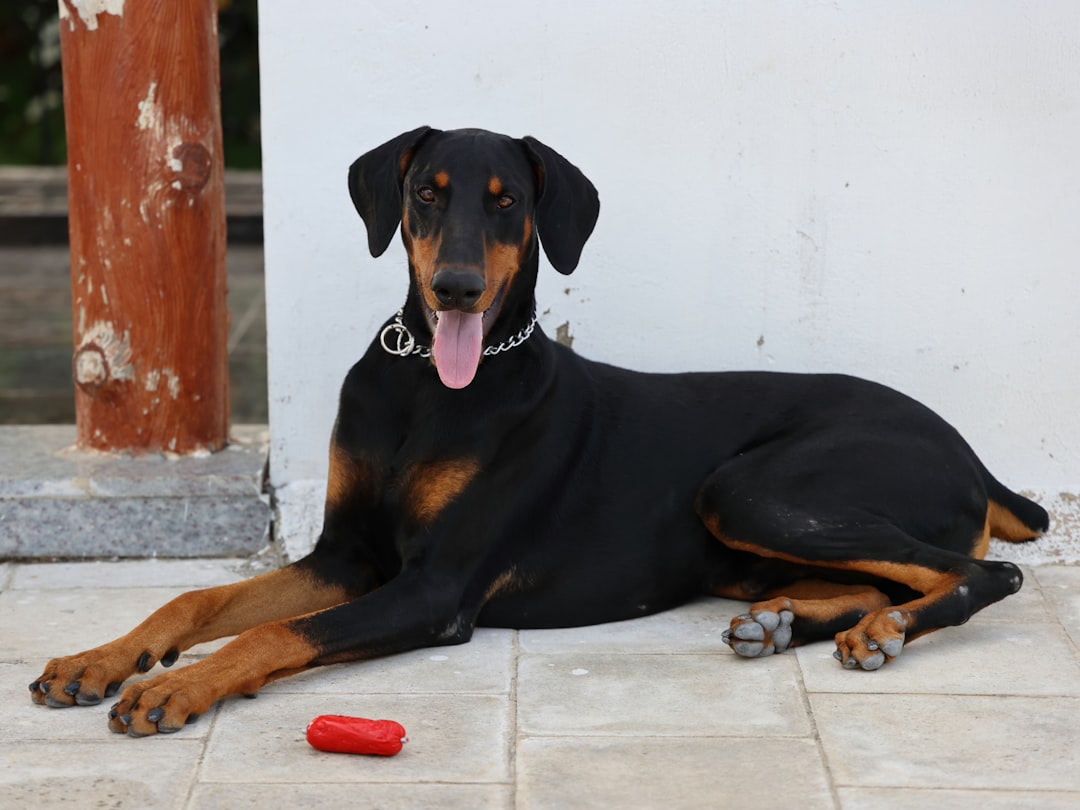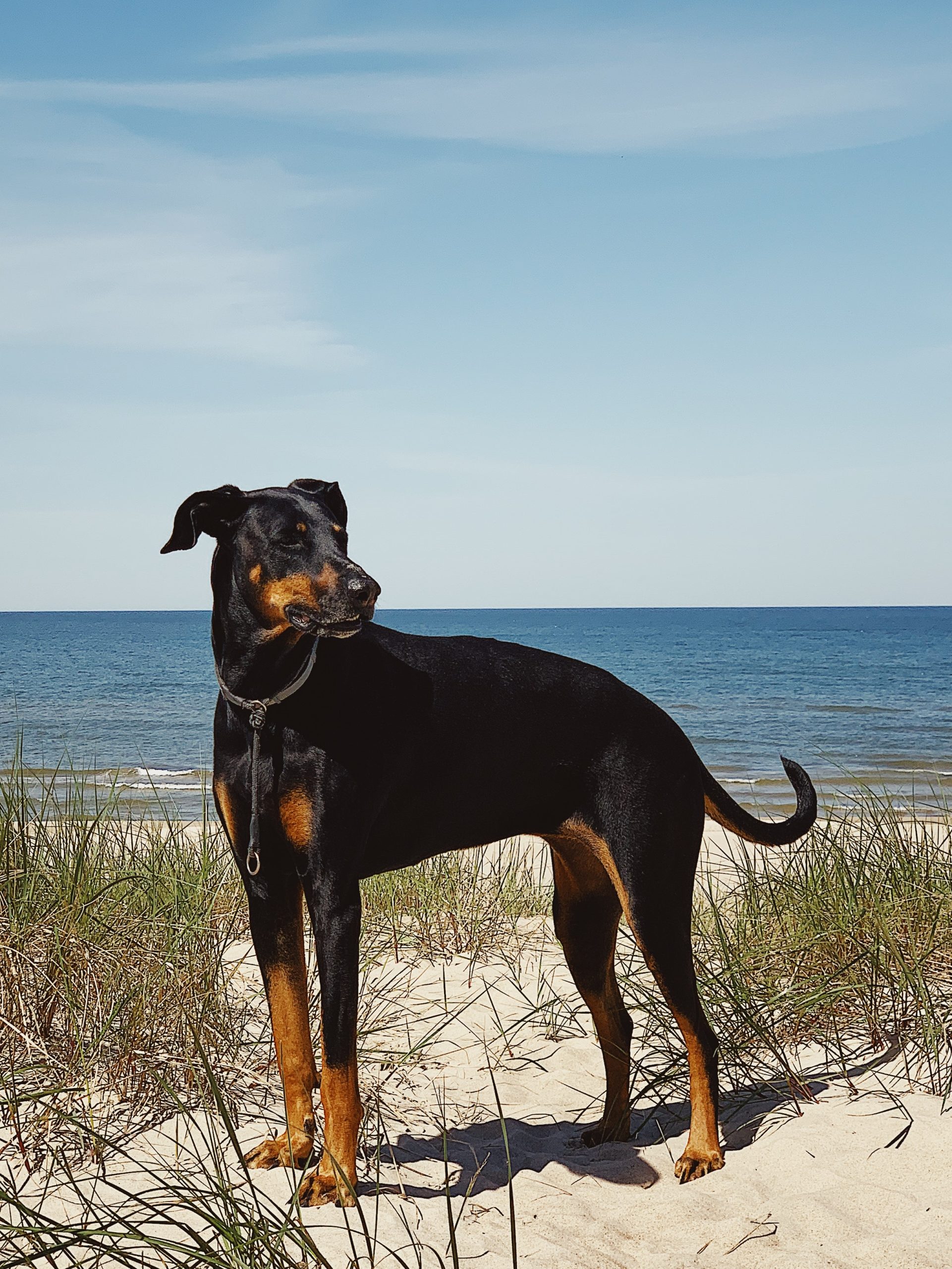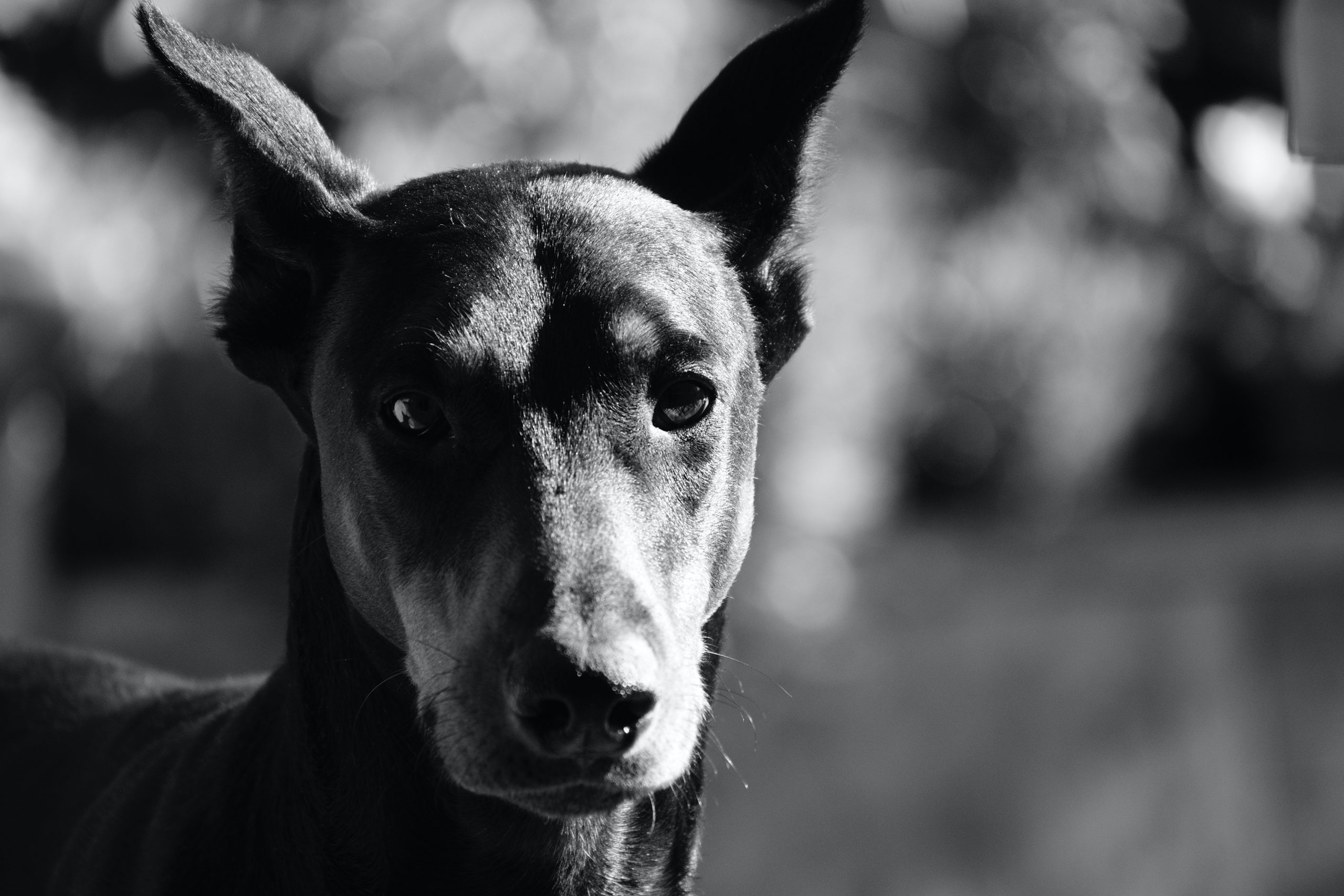The Doberman Breed: History, Characteristics, and Responsible Ownership
A brief description for the article would be: Understanding the history, physical characteristics, temperament, and care of the Doberman breed, including training tips and common health issues.
Understanding the Doberman Breed
History and Origin of the Doberman Breed
The Doberman breed originated in Germany in the late 19th century, developed by Louis Dobermann, a tax collector who aimed to create a loyal and capable guard dog. Initially bred for guard and police work, Dobermans also served as messenger and sentry dogs in World War I and II. The breed is believed to have been created from several different breeds, including the Beauceron, German Pinscher, Rottweiler, and Weimaraner.
 Physical Characteristics and Appearance
Physical Characteristics and Appearance
Dobermans are large, muscular dogs, typically black or brown with rust-colored markings, and have a short, easy-to-groom coat [3]. Males stand about 27-28 inches tall and weigh around 70 pounds, while females are slightly smaller at 26-27 inches and 60-65 pounds. Tail docking and ear cropping are common practices for Dobermans.
 Temperament and Personality Traits
Temperament and Personality Traits
Known for loyalty, intelligence, and protectiveness, Dobermans can be affectionate and suitable for family life if properly trained and socialized [3]. However, early training and socialization are crucial to manage potential stubbornness and aggression. It’s important to note that modern breeders have worked to tone down the breed’s historical reputation for aggression.
Training and Exercise Needs
Dobermans are medium- to high-energy dogs and require regular exercise. Obedience training and socialization from a young age are essential for a well-behaved Doberman. Positive reinforcement is an effective training approach for Dobermans.
Common Health Issues in Dobermans
Dobermans are prone to genetic health issues like hip dysplasia and heart conditions, with a lifespan of 10-13 years [4]. Regular grooming, dental care, and overall health maintenance are crucial for Doberman well-being.
Responsible Ownership and Care
When considering a Doberman, it is advisable to adopt from rescue organizations or shelters, or choose a reputable breeder. Responsible ownership involves careful socialization and obedience training from a young age, as well as regular grooming, dental care, and exercise to ensure the well-being of the Doberman. It’s important to note that Dobermans can get along with other pets if properly introduced and socialized, and they can be affectionate and good with children if raised and trained properly [3].


